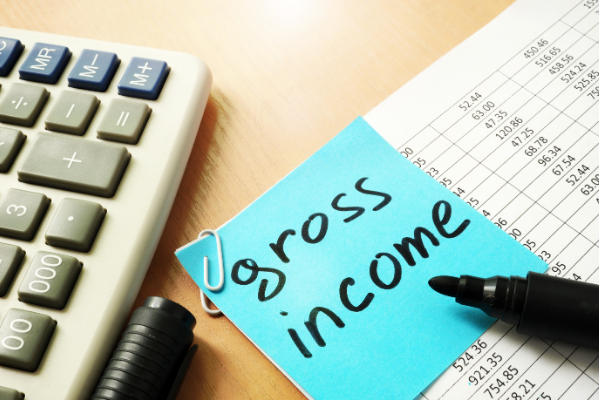The SBA has issued new guidance for PPP loans for self-employed individuals who file Form 1040, Schedule C (Profit or Loss From Business), allowing them to calculate their maximum loan amount using gross income (as reported on line 7 of Schedule C) instead of net profit (as reported on line 31 of Schedule C). This creates the opportunity for larger loans to self-employed individuals, many of whom do not end up with significant net profit on Schedule C.
The change is not retroactive; borrowers whose PPP loans have already been approved cannot increase their loan amount based on the new methodology.
If a Schedule C business has employees, the borrower may elect to calculate the owner compensation share of its payroll costs based on either net profit or gross income minus expenses reported on lines 14 (employee benefit programs), 19 (pension and profit-sharing plans), and 26 (wages (less employment credits)) of Schedule C.
Updated Frequently Asked Questions and Application Forms
The change is detailed in a 32-page interim final rule (IFR) released by the SBA on March 3, along with an updated document of frequently asked questions, and six updated or new application forms:
- Updated PPP borrower first-draw (Form 2483) and second-draw (Form 2483-SD) application forms.
- New PPP first-draw (Form 2483-C) and second-draw (Form 2483-SD-C) borrower application forms for Schedule C filers using gross income.
- A revised lender application form for PPP loan guaranty (Form 2484)
- A revised PPP second-draw lender application form (2484-SD)
What Can PPP Loan Proceeds Cover?
Borrowers may use PPP loan proceeds to cover:
- Owner compensation (if net profit is used) or proprietor expenses (business expenses plus owner compensation if gross income used).
- Employee payroll costs.
- Mortgage interest payments.
- Business rent payments.
- Business utility payments (for borrowers entitled to claim a deduction for such expenses on their 2019 or 2020 Schedule C, depending on which one was used to calculate the loan amount).
- Interest payments on any other debt incurred before Feb. 15, 2020 (these are not eligible for PPP loan forgiveness).
- Covered operations expenditures, as defined in Section 7A(a) of the Small Business Act, to the extent they are deductible on Schedule C.
- Covered property damage costs, as defined in Section 7A(a) of the Small Business Act, to the extent they are deductible on Schedule C.
- Covered supplier costs, as defined in Section 7A(a) of the Small Business Act, to the extent they are deductible on Schedule C.
- Covered worker protection expenditures, as defined in Section 7A(a) of the Small Business Act, to the extent they are deductible on Schedule C.
The new SBA guidance includes updated eligibility rules to remove restrictions preventing PPP loans going to small business owners with prior nonfraud felony convictions or who are delinquent or in default on federal student loan payments. These changes are reflected on the updated PPP borrower forms for first and second draws.
Overwhelmed with all the technical jargon? If you have questions or want to know more about PPP loans for self-employed individuals, feel free to reach out to us for help. You can also check our COVID-19 Resource Center for ongoing news and resources.


